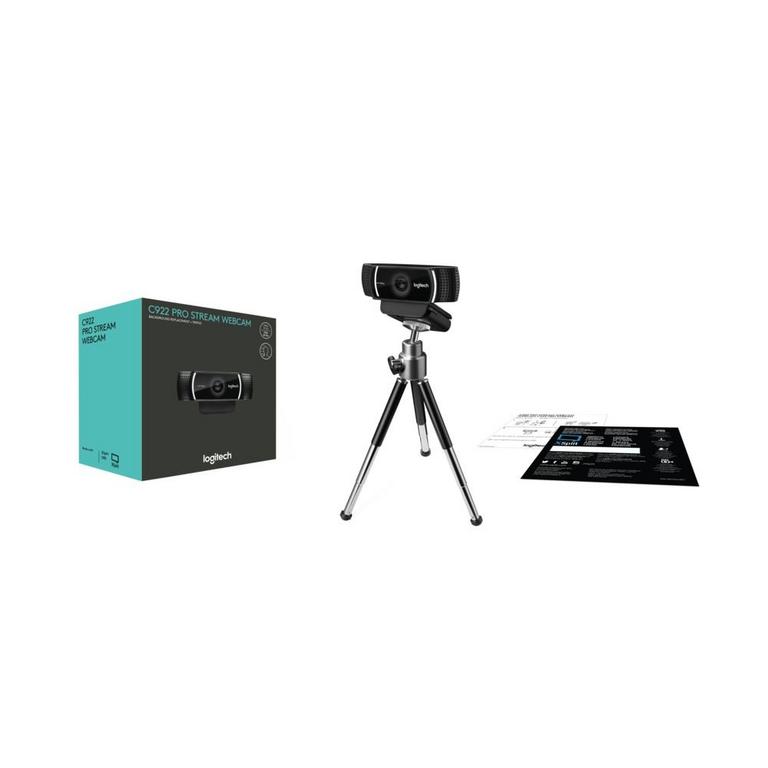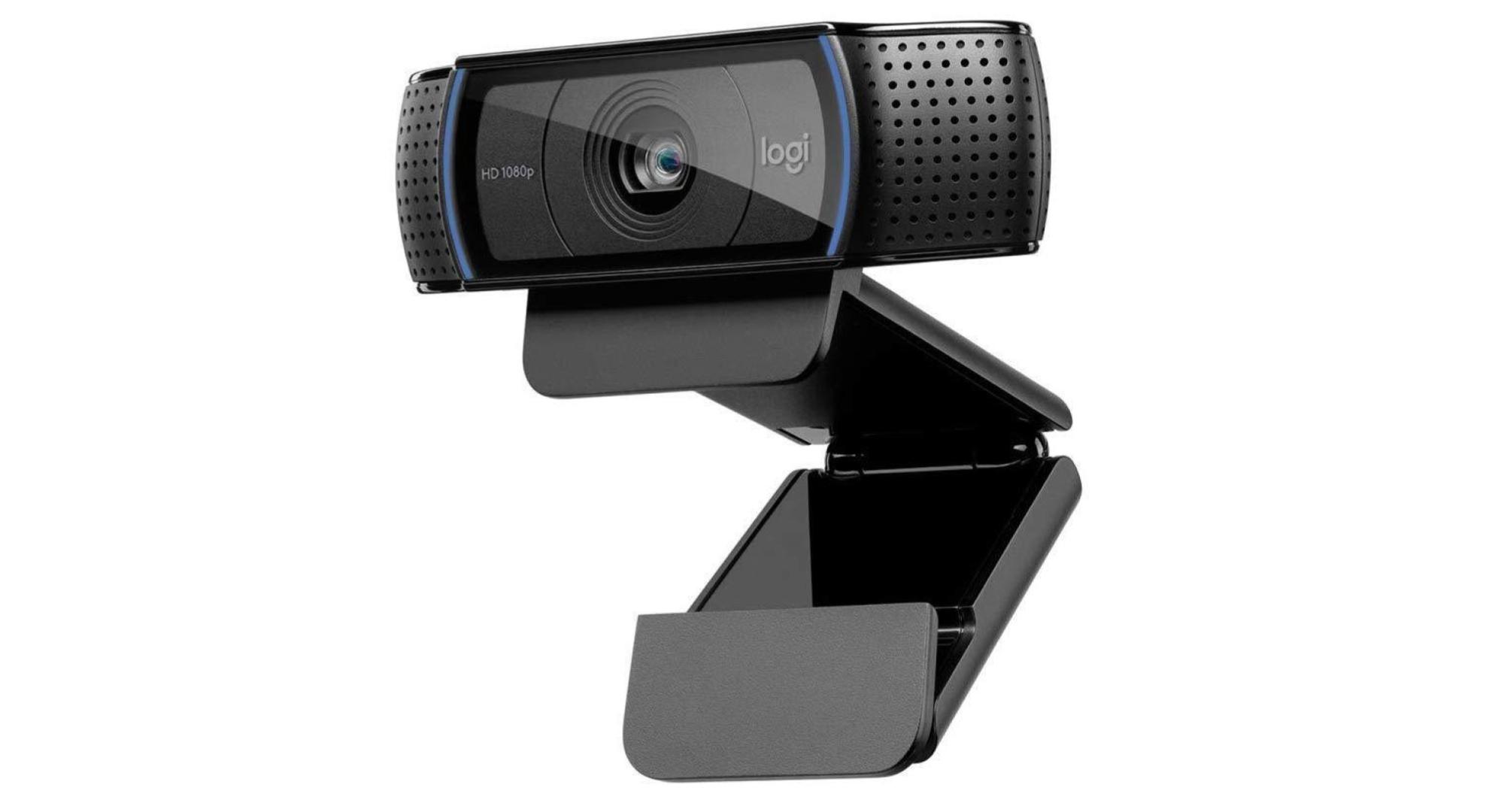
A FREE Twitch / Youtube Live Stream FACE CAM overlay template PSD by Beast Designs. Customize the colors and loo… | Free overlays, Youtube banner template, Overlays

heart cam Stream webcam border valentine's day twitch cam pink purple twitch cam Twitch gradient camera border twitch camera overlay Clip Art Art & Collectibles stokfella.com

Twitch overlay live streaming stylish face cam template twitch overlay streaming overlay face cam png transparent clipart image and psd file for free download – Artofit

Twitch Yellow Game Face Cam, Stream Overlay, Face Cam, Twitch Overlay PNG and Vector with Transparent Background for Free Download




















